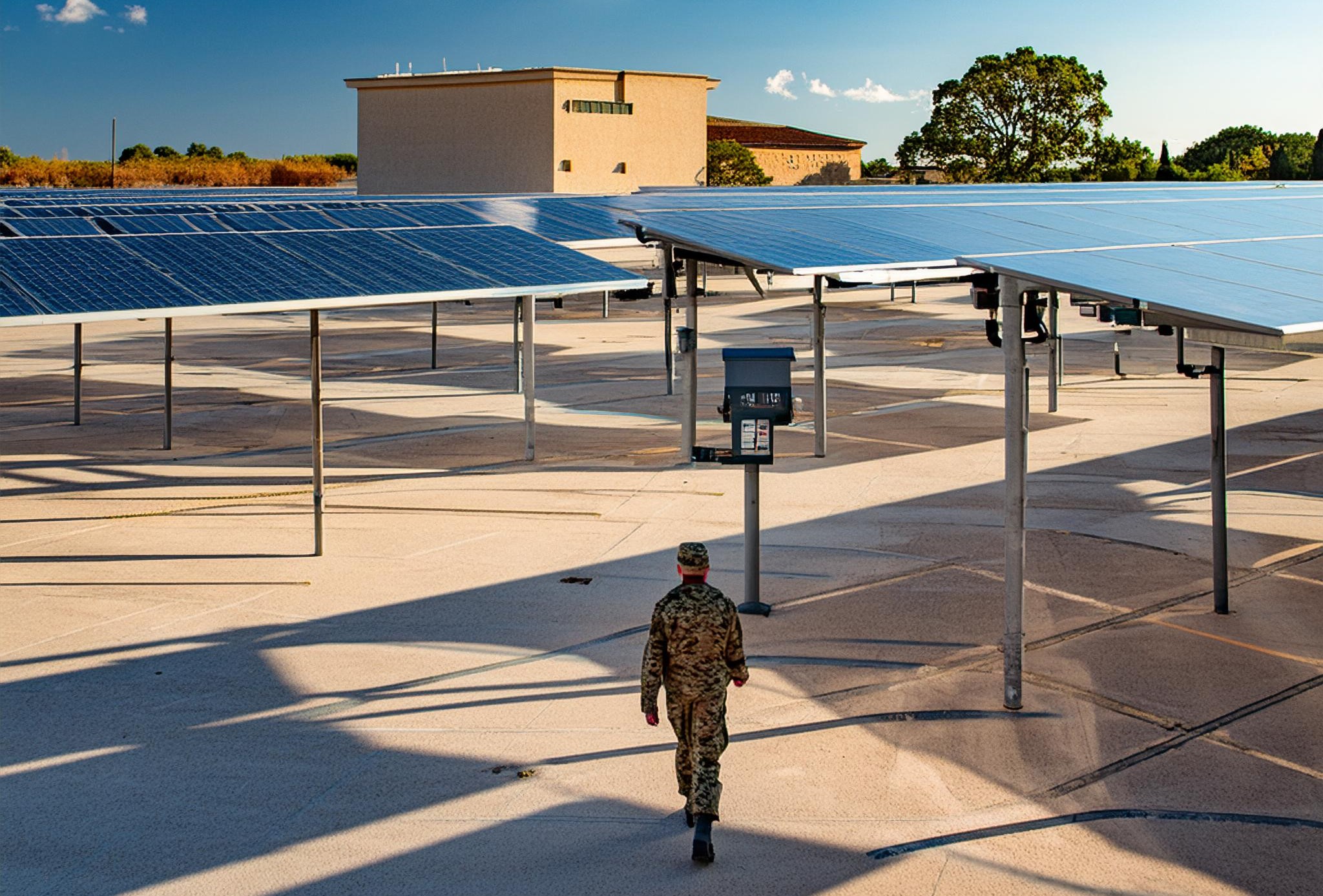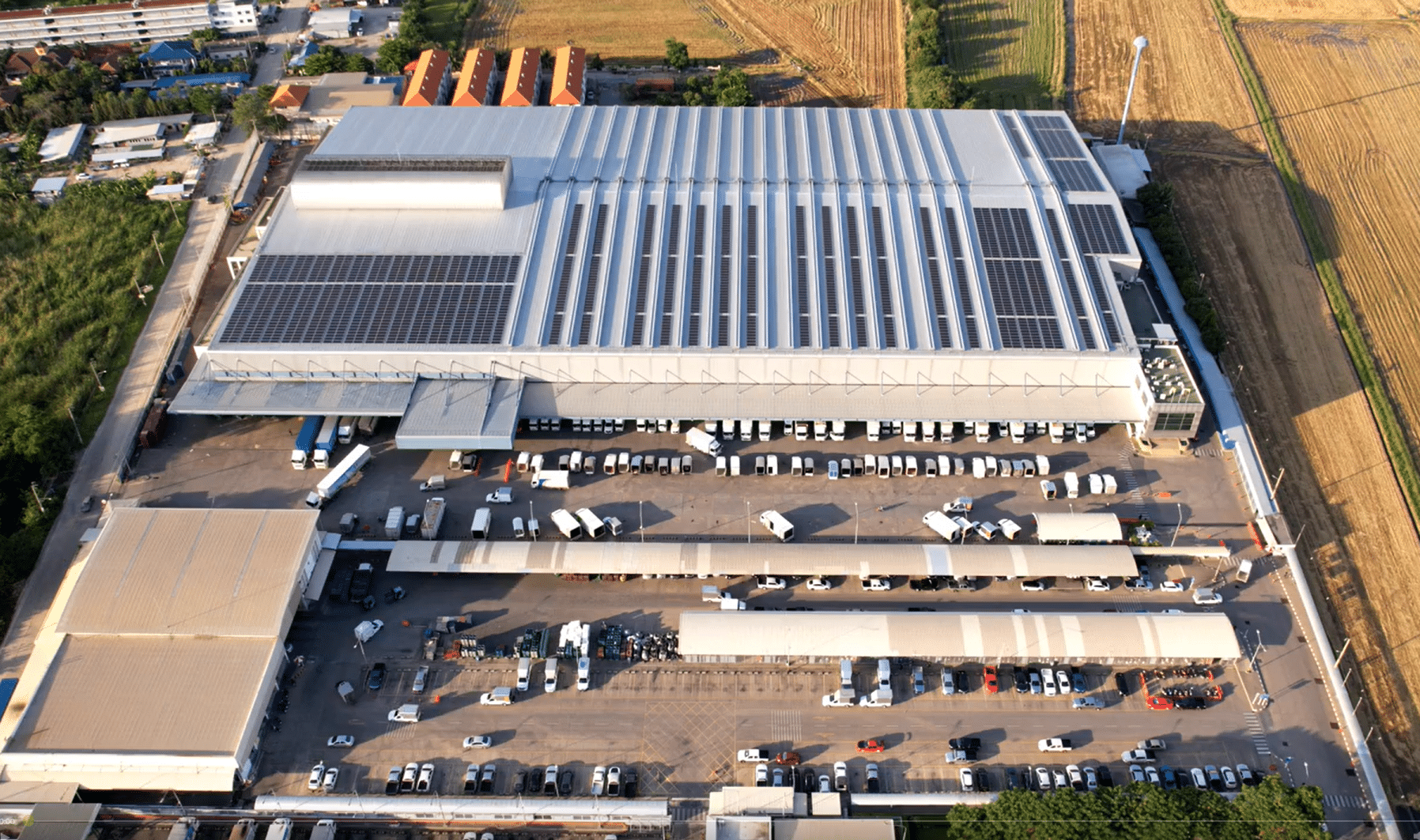This year, AlphaStruxure — in partnership with the MIT Mobility Initiative — hosted a Jeffersonian-style dinner with thought leaders and influencers participating in the global effort to transition the transportation industry to zero-emissions. Guests included members of academia as well as the public and private sectors.
Recognizing the potential to tap into the wisdom in the room, AlphaStruxure employed a 200-year-old approach to gather with a purpose and foster an authentic dialogue, first popularized by Thomas Jefferson.
The purpose was simple: to listen, learn, and inspire one another through meaningful conversation. This involved open discussion around the obstacles and solutions related to accelerating the deployment of zero-emission fleets and associated energy infrastructure.
Why zero-emissions fleet infrastructure?
The transportation industry is going through a profound transformation with regulatory and societal pressures to decarbonize as the United States’ largest contributor to greenhouse gas emissions. There are two historic, multi-billion-dollar federal funding packages signed into law by President Biden to support the transformation.
This undertaking will present significant infrastructure challenges and operational complexity in a system that’s deeply rooted in established processes.
The Jeffersonian-style event’s table conversations focused on two issues surfacing as public and private organizations look to electrify their fleets at scale:
- What infrastructure challenges must be conquered to facilitate the deployment of electrified fleets?
- What roadblocks stand in the way of achieving net-zero emissions targets by 2030, 2050, and beyond?
The dialogue identified key areas of opportunity in working toward zero-emissions fleet infrastructure.
Three takeaways: systems thinking, pilot to scale, and diverse stakeholders
1. Creating a comprehensive fleet infrastructure plan
Participants emphasized the importance of a comprehensive perspective on fleet electrification. This is because the complexity of zero-emissions vehicle (ZEV) fleets necessitates an infrastructure-first, holistic mindset across energy generation and fleet procurement, as well as management, data analysis, and charging system controls.
To address these priorities, transit organizations and private fleet owners must ask themselves the following:
- Can our existing on-site grid infrastructure support the increase in power demand for charging a zero-emissions fleet?
- Once vehicles have transitioned to battery electric or hydrogen, what level of redundancy and resilience will we need to meet our energy demands and future goals?
- Can our current monitoring systems keep up with the amount of critical data that EV charging infrastructure produces?
Thinking long-term from the beginning is essential in helping to optimize sites with:
- Appropriately sized charging equipment
- Predictable operational costs
- Known construction timelines and buildout logistics
- Reliability and sustainability of charging power sources
- Integration of on-site distributed energy resources (DERs)
- Smart monitoring
- Preventative maintenance
- System resilience to extreme weather events and blackouts
- Accelerating action around electrification
2. Accelerating action around electrification
By 2030, half of all new vehicles sold in the U.S. will be zero-emissions vehicles based on an ambitious new target signed by President Biden.1 While pilot initiatives like this are important, the transportation industry must move further, faster.
Today, many public transit agencies and organizations begin by setting net-zero goals, and then creating an action plan for achieving them. The next step typically involves a pilot phase of procuring a few EVs and low-powered chargers to test the technology.
But it’s time to think beyond pilot programs. Electrifying fleets at scale cannot be done in increments because a cautious approach won’t keep pace with the global demand for transit sector emissions reductions. It requires a restructuring of internal business operations — including procurement, capital planning, budgeting, and more — to meet the new demands and complexity of an electric fleet.
A cautious approach fails to capture the benefits of EV infrastructure that can only be achieved at scale, including:
- DER deployment and energy savings
- Digitization
- “One-screen” monitoring and controls
- EV charging/route design optimization
Large-scale fleet electrification is not only possible but happening in real time using proven processes that guarantee results. 2030 is just around the corner, and in terms of the transition to zero-emission fleets, we need to move further, faster. The time to electrify at scale is now.
3. Integrating diverse stakeholders
It’s difficult for some fleet organizations to understand the total cost of ownership for zero-emissions vehicles. This is because many fleet and transit agency departments are structured where capital expenses and operating expenses are paid for by different departments.
A new, integrated approach is necessary for the transition to EVs to better align with the internal budgetary processes of organizations looking to electrify and make processes clearer and simpler.
Today’s most comprehensive solutions include “as a Service” models where trusted third-party providers can customize, build, manage — and even finance and own — fleet charging infrastructure. This lifts a huge amount of burden and risk off the organization itself. Turnkey “as a Service” partners also help break down internal siloes blocking the effective management of EV fleets and charging infrastructure. How? By becoming a single point of contact and coordinating collaboration across departments.
Private fleet owners may need external stakeholder involvement too, because of the significant up-front cost of EV vehicles and charging infrastructure. Involving third parties to build and/or operate these fleets can:
- Help accelerate private and public sector transportation decarbonization efforts
- Ensure that they are meeting performance
- Help them meet or surpass sustainability standards
Previously, fleet and infrastructure groups could operate independently. Now that integration is critical for the long-term success of a fleet, additional internal and external stakeholders are important for making meaningful long-term decisions.
Moving faster toward decarbonization
As President John Adams said during Thomas Jefferson’s time as his vice president, “a dinner party is worth a thousand meetings.” We have to agree and are hopeful and excited by the conversations with industry thought leaders at this recent event.
The transportation industry must live up to the challenge of decarbonizing as fast as possible while accounting for the long-term viability of its new systems. To achieve this, event participants highlighted the need for systems thinking and an infrastructure-first mindset to enable faster scaling of EV fleets, as well as the integration of internal and external stakeholders.
Electrification is no small feat, but with the right partners and business models, organizations can accelerate decarbonization efforts further and faster.
1. WhiteHouse.gov, Fact Sheet: President Biden Announces Steps to Drive American Leadership Forward on Clean Cars and Trucks, 2021





